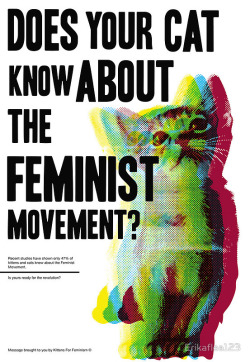Hello Saucy readers, great day right? Guess that depends on what you look like, where you’re from, who you love, what organs you have in your body, what your health is or was at any point in your life, what religion you’re connected to even in the most broad sense of the term, and if you need to get anything done or care about anyone.
You don’t need another blog article freaking you out because I’m assuming you’re already freaked out. Me too. Also, there’s a lot to be said and I’m not the person to say all of it. Instead my Saucies, imma furnish you with a few “toolbox terms” I’m teaching my students this week. These tools come from a set of lessons I initially wrote three years ago but I bet if you try reallllllyyyy hard you can connect them to current events. Like, really current events.
Let’s start with an easy one. Xenophobia is a deep and irrational hatred towards “foreigners” or an unreasonable fear of unfamiliar people and their cultural objects and traditions. A belief that qualities such as geographical linage, immigrant status, or forms of culture constitute an immutable interpersonal difference springs from xenophobia. The examples I use in class are the popular justifications for not accepting refugees into a country, especially if those refugees were like, Jewish or are say, I dunno, Syrian.
Let’s step it up. Cultural racism stems from constant images and messages that affirm the diversity of White people and the inferiority, singularity, or negative stereotypical qualities of people of Color. As Beverly Tatum says, “if we live in an environment in which were are bombarded with stereotypical images in the media, are frequently exposed to the ethnic jokes of friends and family members, and are rarely informed of the accomplishments of oppressed groups, we will develop the negative categorizations of those groups that form the basis of prejudice” (“Defining Racism” 125). The examples I use in my class are the constant stream of news images and stories depicting Black protesters as little more than dangerous rioters and scary looters. Perhaps you might be able to think of recent examples where whole populations are characterized in a singular and derogatory way and then that pervasive cultural image is levied to forward political campaigns or federal mandates? Just a thought.
Yer gonna love this one: sincere fictions. People’s negative beliefs about other groups (generally ethnic/racial but can be extended to identities like sexual orientation) are usually unfeigned (i.e. sincerely believed) because a person in power has presented culturally racist or xenophobic statements as if they were truth or fact. Sad to say, but we usually trust authorities/news sources to tell us the truth or at least work with an objective baseline of facts. We also usually assume people in power are smart and educated. Or at least that they are smart and educated enough to make sure that what they say is factual and provable. The example I use in class is a statement called the “The Marriage Vow”–endorsed six years ago by Michele Bachmann and Rick Santorum–that said that “a child born into slavery in 1860 was more likely to be raised by his mother and father in a two-parent household than [one born in 2008].” This statement is easily disprovable but some people believed it because two powerful politicians endorsed its validity.
Perhaps there are more recent examples where a prominent figure said [tweeted] something and people believed it, not necessarily because those people where malicious or dumb, but because they assumed the person in power was likely saying [tweeting] facts or objective statements, or at least fact-checking what was being said [tweeted]? Just a thought.

Just for kicks, lets do two more I threw into the lesson mix this week. Biopolitics: when social and political power (often the state’s power) is wielded over life through the regulation of bodies, human processes, and bodily freedoms/movements. Abortion is a great example because the government seeks to control the bodies and lives of reproducing populations in every capacity-not just if bodies can choose to have (or not have) an abortion, but also under what conditions (rape, incest, life of mother), and where/how (geography, timeline, tests or mandatory statements). Biopolitics is also strongly connected to who can access health care, which body practices are illegal or legal, and which people can move around freely versus which are detained. At say, airports.
Last one, and it’s a goodie. Necropolitics is a context where the choice or line between life and death is made by the state or those in social and political power. Necropolitics is more than just the state’s authority to kill (for example, through the death penalty.) It also involves the state’s authority to invoke contexts of living death (the devaluation of a person’s life to the point of death) like slavery, and to expose people to physical death (like putting people in a situation where their death is imminent, or not helping people out of a situation where their death is imminent).
The biopolitical regulations of bodies in the form of say, temporary detainments, can easy slide into the necropolitical regulation of people into say, concentration camps.
To give a name to a social structure of power is a critical first step towards contesting and changing it. So let’s see if you can see and then name these terms in action, perhaps by checking your Twitter feed for 5 minutes any hour or day of the week. Bet you can!
